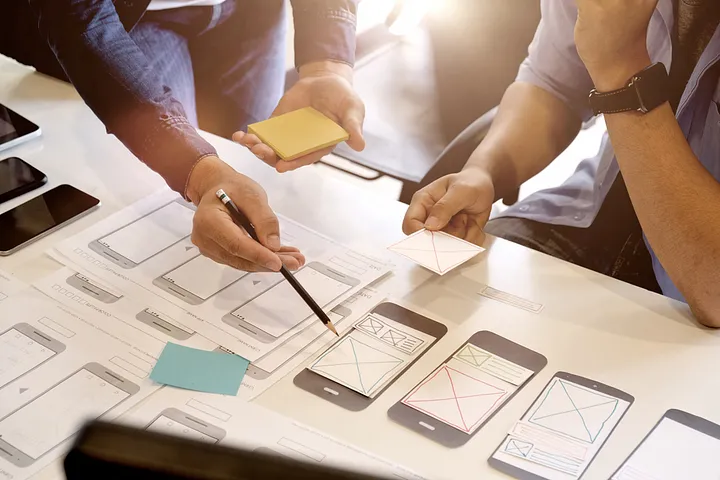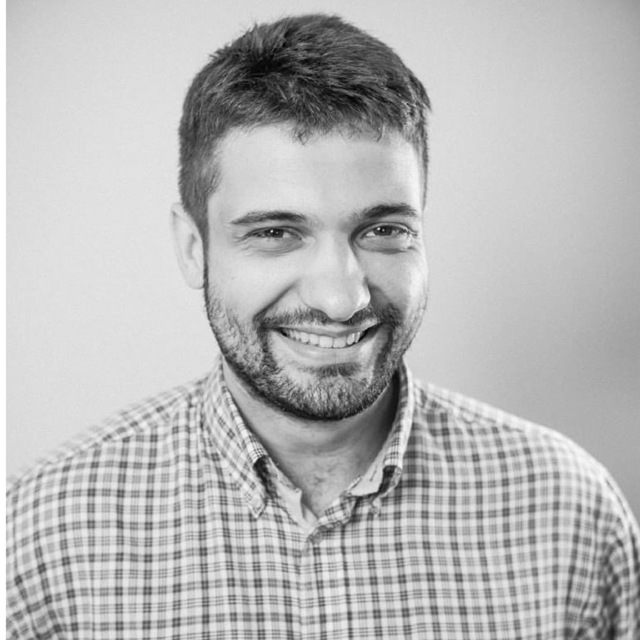9. Chatbots
As time went on, chatbots evolved and became more sophisticated and popular because of user demand. Chatbots might potentially be deemed a new benchmark in customer service. Over half of shoppers crave further do-it-yourself bespoke service solutions to help them make an online purchase quicker.
Chatbots have become mobile app trends in 2026 and the quantity of interaction for chatbots with mobile apps will progress beyond primitive into ferocious. As bots are powered by AI, their replies have become increasingly human-like. A chatbot is a great solution for serving and supporting your customers. This is a smart way to minimize the expense of customer service.
A chatbot is a great solution for serving and supporting your customers. They automatically qualify potential customers, which helps reduce transaction costs. Chatbots can also automatically filter potential customers into groups by simply asking questions in a natural, conversational manner. What is more, chatbots help personalize the experience, which makes users feel noticed and special, which builds brand trust and increases the likelihood of a purchase.
10. On-Demand Apps
With the unprecedented emergence of Covid-19 on-demand applications became the new mobile app industry trends. On-demand smartphone applications unite consumers in need of services to service providers and therefore can give immediate answers to challenges. The possibilities of such applications appear to be limitless. The on-demand concept is adopted by a rising number of companies. The on-demand applications market is predicted to produce $335 billion total income by the end of 2026, which itself is 24 significantly greater than even in 2014.
The range of areas where you can implement an on-demand application is quite wide in the contemporary world. It can be a laundry service, doctor on demand, a virtual tutor or trainer and it may also be food delivery, housekeeping maintenance, pet care services, and a beauty salon. Your clients may add additional functionality to their apps by utilizing on-demand possibilities that will improve earnings for everybody.
11. Mobile Wallets & Payments
The fact that digital wallets are easy and foolproof, makes it an extra mobile app industry trend. In brief, a digital wallet is an online portal where people or businesses can transact their finances electronically without a hitch. Using a mobile wallet you can simply and primarily safely store personal information such as debit and credit card data, passport, or driver's license for various payment methods. The payment procedure is made faster and easier by attaching common cash gateways to mobile wallets. E-wallets are quickly approaching their goal of being the most advanced payment method with easy registration and login, reliable payment processing functions for merchants and consumers, and a user-friendly control panel.
The Mobile Wallets Report produced jointly with Juniper Research the use of smartphone-based transactions would increase over 74 % over the course of 2026. Fintech companies can afford mobile wallets by contactless payment aptitudes and in-app shopping of tickets, customer loyalty programs, discounts. For example, there are also wallets based on artificial intelligence, based on NFC, biometric wallets, and wallets for cryptocurrency.
Popular platforms include such geeks as PayPal, Google Pay, Amazon Pay, Apple Pay, and Samsung Pay.












_1764586939-small.webp)